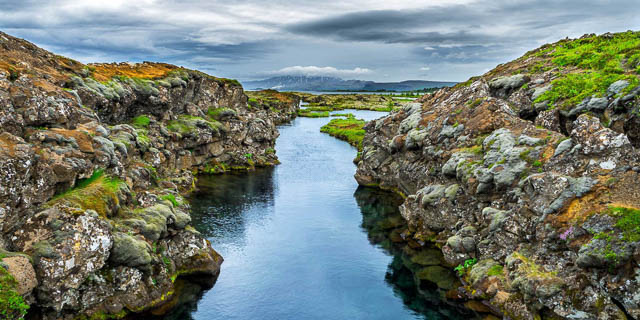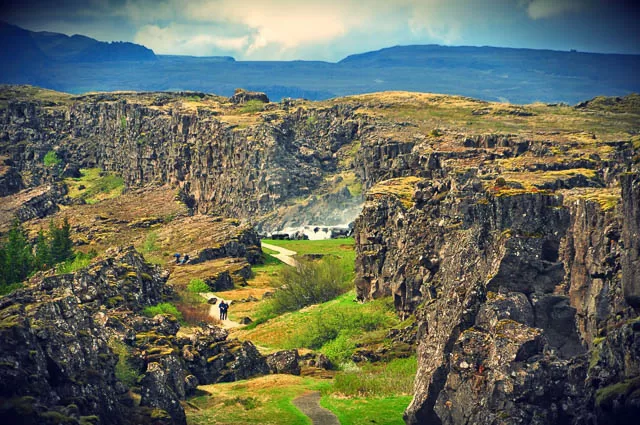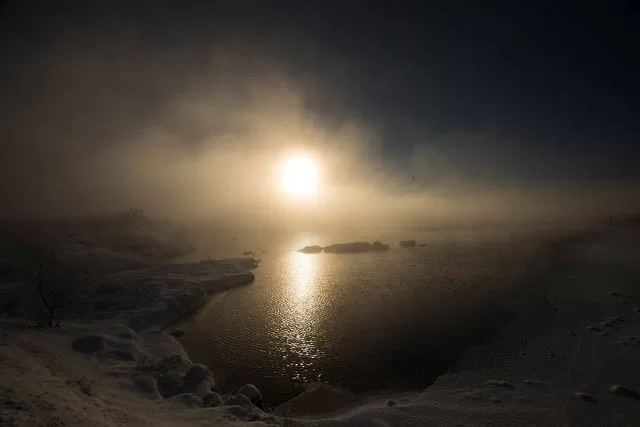About
Top Experiences
Type of Journey
Subscribe to newsletter and stay updated
Read about our travel expeditions, new destinations, new pictures, latest trip schedules
After a statute was issued in 1930 to safeguard the national shrine of Icelanders and the inalienable property of Iceland, Thingvellir was designated as the Thingvellir national park. UNESCO designated Thingvellir as a World Heritage Site on July 2, 2004. Snorkeling at the Silfra Fissure is one of Thingvellir National Park’s top tourist attractions. Swimming between the two continental plates of North America and the Eurasian plateaux is only possible at the Silfra Fissure. Silfra Fissure has the cleanest water the underwater visibility in Silfra Fissure is almost 100 percent. The cleanest water draws tourists from all over the globe to experience the feeling of surreal swimming between two worlds, where the visibility of lava-rock cliffs is as high as 300 feet. Participants are generally recommended to wear a wetsuit to have the adventurous experience of snorkeling in Iceland. The wetsuit helps in protecting the body from freezing and allows the participants to dive and explore Silfra.
OVERVIEW
Location: West Iceland
Nearest Airport: Keflavik International airport
How to reach: 1.5 hr drive from Keflavik airport
Famous for: National park with beautiful lakes and falls
Best time to visit: Jan to Dec
WHAT TO SEE
Thingvellir Church
Thingvalla Lake
Búðir
Alÿingi
Silfra
History:
The formation of the parliament in Iceland is said to be the founding stone of Iceland. The first proceeding of the parliament paved the way for the common cultural heritage. The Icelandic parliament was held first time at Thingvellir giving the place and the Thingvellir national park, national importance, and identity. Lögberg was the focal point for the Icelandic parliament proceeding. More than 1,000 people visit Thingvellir to attend the week-long meeting. Thingvellir became the spot for all major meetings and legal proceedings and settling the disputes. The national festival was held in 1874 celebrating the one-thousandth anniversary of Iceland’s establishment. During that time the first constitution with legislative and financial power was given by King Kristian IX to the region. The 50th anniversary of the Republic of Iceland at Thingvellir was held on June 17, 1944. To mark the Millennium of Christendom a festival was celebrated in 1999 that included the series of events happening throughout the county. Thingvellir is the place which is named as the unique symbol of independence.

Geography:
This National Park is found above the Atlantic region between the continental plates of Eurasia and North America. The beautiful Icelandic shield that helps in enhancing the beauty of the national park was developed thousands of years ago when the volcanic shield erupted in the region of Thingvellir after the Langjökull glacier reached its present location. Two major earthquakes occurred in 2000 in the southeast part of Thingvellir. The earthquake resulted in some minor distractions like the stones dropping from the walls of the ravine and water starting to pour from rifts.
The rifts in Thingvellir are littered with clean and clear water. Nikulásargjá was constructed in 1907 when VIII’s King Frederick was visiting Denmark. Tourists started practicing by European Legends tossing the coins from the bridge. Öxará bridges the Thingvellir national park and creates a waterfall called Öxarárfoss.

Things to Do:
Visit Thingvellir Church: The Thingvellir church got its name from Thingvellir where the General Assembly of Althing Parliament was held between 930 CE and 1998. The church is small in size but majestic in its architecture, having an eye-catching structure with a wooden interior and a large worship hall. It still holds past historic importance apart from being constructed several times in the past.
Explore Thingvalla Lake: Thingvalla Lake is the largest lake located in Southwestern Iceland. The lake flows through the Sog River which holds significant importance to the River Ölfusá that flows in the southern region of the Atlantic Ocean. Thingvalla Lake is part of Thingvellir national park since 1928 which makes it a major tourist attraction.

Visit Búðir: Búðir is a small village in the lava field located in Búðahraun in the Staðarsveit region in the western part of Iceland. Búðir consists of a variety of hotels and the significant churches of the area.
Jaunt to Alÿingi: Alÿingi is the old Parliament site that marks the formation of the Icelandic nation. Alÿingi was the place where the Icelandic leaders used to gather and the discussion and give decisions on a variety of different issues.
Adventurous Trip to Silfra: The Silfra Valley is located on Thingvallavatn Bay in the national park and is a part of the Atlantic Rift. It reveals the massive gap between the two continents. Silfra is a famous and attractive diving spot because of the visibility of clear water. It provides the snorkelers an opportunity to float on two subsequent continents that is Europe and America.

Nearby Hikes:
Alamannagj: Alamannagj is located in the southern part of Iceland. This place has historical as well as geographical importance. It is the first place where significant decisions like giving back Christianity to the people and eradicating paganism were made. The leaders of Iceland used to celebrate their victory of freedom in Almannagja. This place is part of the North Atlantic rift that stretches to the southern pole of the Atlantic Ocean.
Oxararfoss: Öxaráfoss is a renowned waterfall during the time of the Iceland leaders. This waterfall has historical importance reviving the old history of the waterfall was developed by historians hundreds of years ago The main purpose of developing this waterfall was to secure the availability of water to visiting members of the Icelandic Parliament region manifesting the natural wonders. It is situated in the middle of the Atlantic Range.